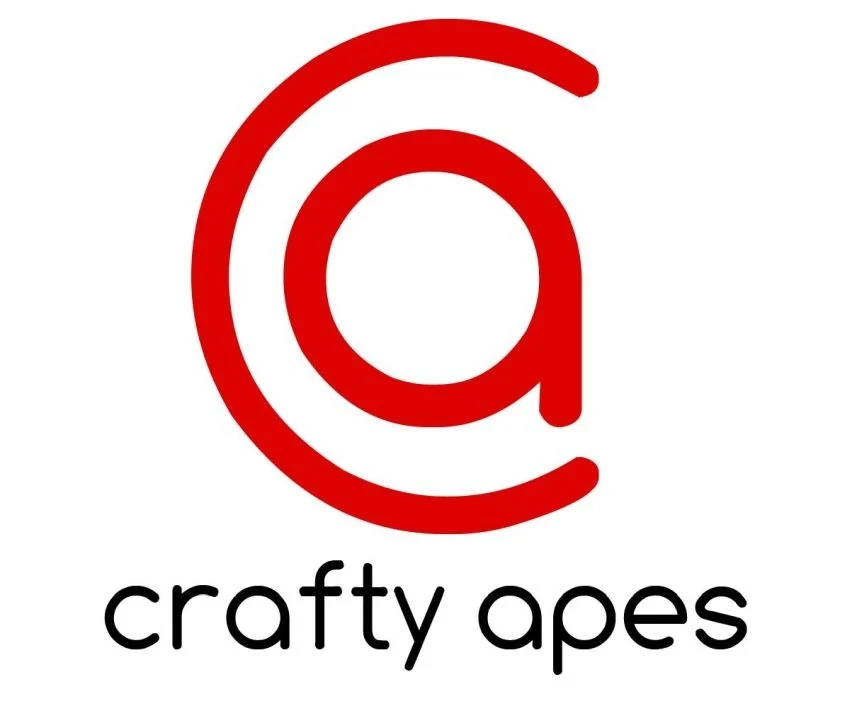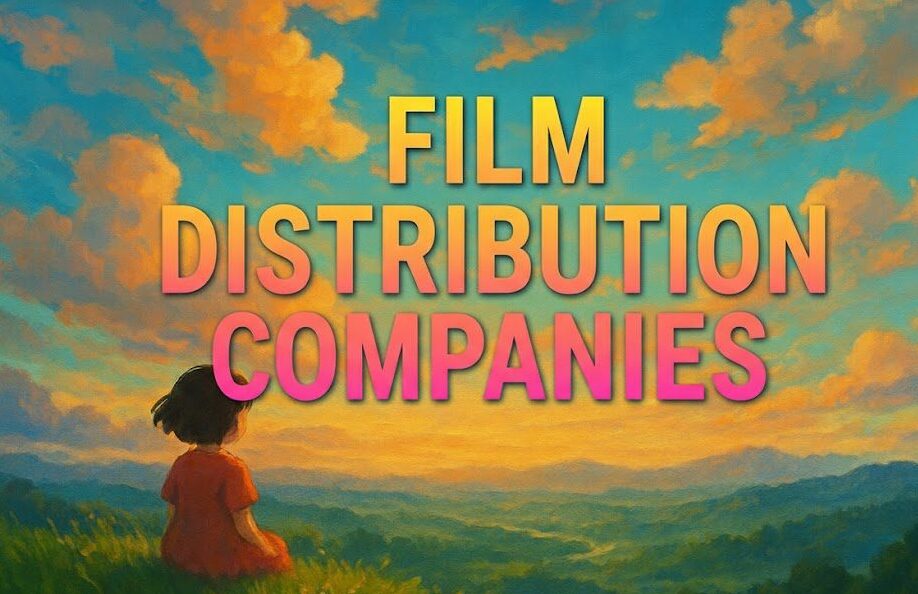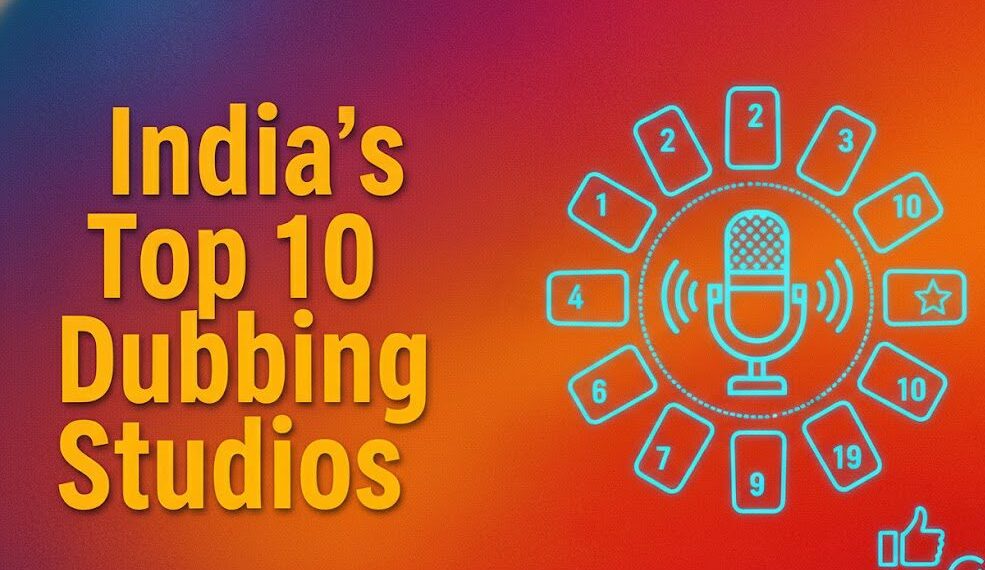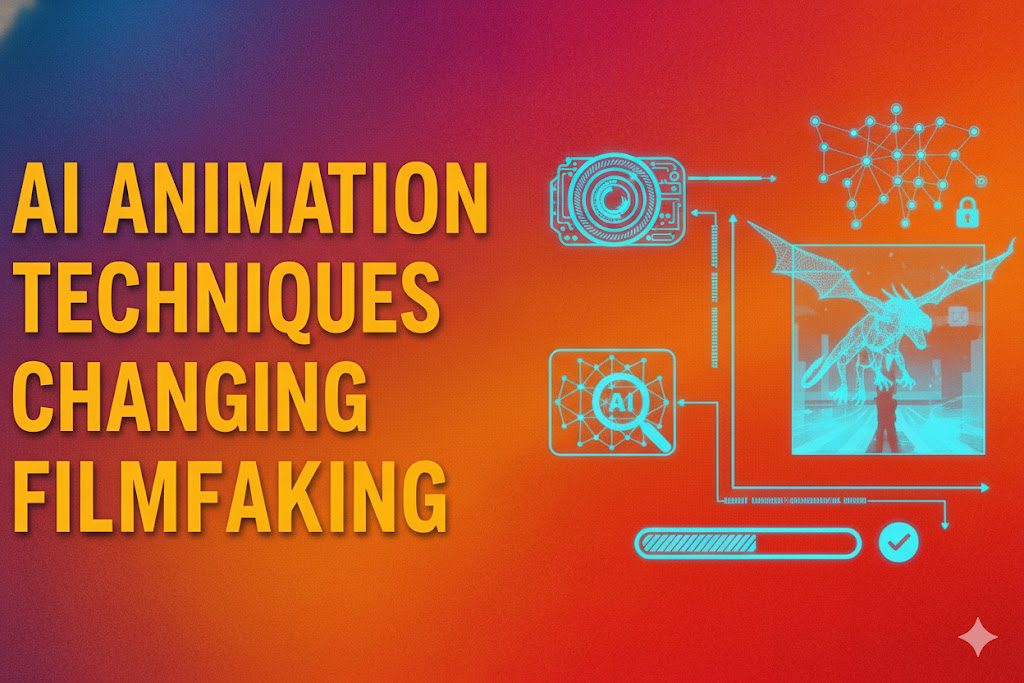Introduction
Let’s be honest. You’re not looking for just any vendor. You’re looking for that one-in-a-million partner. The VFX studio that specializes in underwater scenes. The dubbing company fluent in a rare dialect.
The game developer who has mastered a specific engine. This is the world of niche vendor discovery, and it’s one of the biggest headaches for producers and executives in media and entertainment.
For years, you’ve relied on your network, endless Google searches, or outdated lists. The result? Wasted time, budget overruns, and the constant fear of picking the wrong partner. It’s a broken process. But what if you could find the perfect niche vendor in a fraction of the time?
In this post, I’m going to walk you through a proven, 4-step framework to master niche vendor discovery, reduce your risk, and find world-class partners who can bring your creative vision to life.
Table of content
- Introduction
- Key-Takeaways
- Step 1: Stop Searching, Start Defining Capabilities
- Step 2: Ditch Google for a Global M&E Database
- Step 3: Leverage Project Intelligence to Vet Partners
- Step 4: Build Data-Driven Shortlists (Not Static Spreadsheets)
- How Vitrina Accelerates Niche Vendor Discovery
- Conclusion
- FAQs
Key Takeaways
| Strategy | Key Action | Primary Benefit |
|---|---|---|
| Redefine Your Search | Move beyond generic keywords and focus on specific capabilities, credits, and technologies. | Eliminates unqualified vendors and surfaces true specialists faster. |
| Use a Centralized Intelligence Platform | Leverage a dedicated M&E supply chain platform instead of fragmented sources. | Access verified, global vendor data in one place, saving dozens of hours. |
| Vet Vendors Based on Past Projects | Analyze a vendor’s work on specific, relevant projects, not just their showreel. | Provides concrete proof of their ability to deliver on time and on budget. |
| Build Dynamic Shortlists | Create and compare lists of potential partners based on data points like location, budget, and specialty. | Makes the final decision-making process faster, easier, and more data-driven. |
Is your project at risk from the wrong partner?

Step 1: Stop Searching, Start Defining Capabilities
Your first mistake in niche vendor discovery is using the wrong search terms. “Best VFX studio in London” is too broad. It gives you vendors who are good at marketing, not necessarily the specific skill you need.
You need to think in terms of capabilities. What is the exact outcome you need to achieve?
- Instead of “post-production house,” search for “4K HDR color grading for episodic drama.”
- Instead of “localization company,” search for “Latin American Spanish dubbing for unscripted content.”
- Instead of “animation studio,” search for “2D character rigging for adult animated comedy.”
This simple shift forces you to define your requirements with surgical precision. It’s the difference between asking for “a doctor” and asking for “a pediatric cardiologist.” When you’re this specific, you automatically filter out 90% of the noise.
Step 2: Ditch Google for a Global M&E Database
Google is great for finding a restaurant. It’s terrible for finding a highly specialized, business-critical creative partner. The vendors who are best at their craft are often too busy working to focus on SEO.
This is where a dedicated supply chain intelligence platform becomes essential. Think of it as your private, curated database for the entire global M&E ecosystem. Instead of wading through paid ads and irrelevant search results, you get direct access to verified information.
A good platform allows you to search across a massive range of vendors using filters like:
- Service Specialization: From pre-production to post, VFX, animation, and localization.
- Technology Used: Find partners proficient in specific software or hardware.
- Country & Region: Discover hidden gems in emerging markets or find partners who qualify for tax credits.
- Past Clients & Credits: See who they’ve worked with and on what type of content.
This isn’t just about finding names; it’s about finding the right names, backed by data. This is the core of an effective vendor discovery solution.
Step 3: Leverage Project Intelligence to Vet Partners
A vendor’s website and showreel will always show their best work. But it won’t tell you the whole story. It won’t tell you if they delivered on time, if they stuck to the budget, or how they handled creative feedback.
So, how do you get this information? You look at the projects they’ve completed.
This is where a tool like a project tracker becomes your secret weapon. By analyzing past projects, you can answer critical questions:
- Have they worked on a project of a similar scale and budget before?
- Do they have experience with your specific genre (e.g., sci-fi, documentary, reality TV)?
- Who were the other partners on that project? (This reveals their network and reputation).
Seeing that a vendor has successfully delivered on five projects just like yours is a far more powerful indicator of success than any polished sales pitch. It’s objective proof of their expertise.
Ready to build your A-team of creative suppliers?

Step 4: Build Data-Driven Shortlists (Not Static Spreadsheets)
The final step is to move away from messy, static spreadsheets. Your shortlisting process should be as dynamic as the market itself.
Using a platform, you can create, compare, and share shortlists of potential vendors in minutes. Imagine you’re looking for a dubbing studio. You can build a list of five top contenders and instantly compare them side-by-side.
| Vendor | Specialty | Key Project Credit | Country |
|---|---|---|---|
| Studio A | Japanese Anime Dubbing | “Cybernetic Soul” (Series) | Japan |
| Studio B | Gaming Localization (FR, DE) | “Galaxy Raiders 3” (Game) | Germany |
| Studio C | Unscripted Content (ES) | “Island Love” (Reality Show) | Colombia |
This organized approach allows you to present your findings to stakeholders with clarity and confidence. You’re not just saying, “I think this vendor is good.” You’re saying, “Based on the data, these three vendors are the most qualified for the job, and here’s why.”
How Vitrina Accelerates Niche Vendor Discovery
This entire process can feel overwhelming, which is exactly why we built Vitrina.
Vitrina is a global supply chain intelligence platform designed specifically for the Media & Entertainment industry.
Instead of spending weeks on manual research, you can use our platform to perform deep searches across a database of over 10,000 vendors in more than 100 countries.
Our powerful solution integrates project intelligence, allowing you to see exactly which vendors worked on which film, TV, or game projects, giving you the context you need to vet partners effectively and make faster, data-driven decisions.
Conclusion
Mastering niche vendor discovery isn’t about luck or having the best personal network. It’s about having the right strategy and the right tools.
By defining capabilities with precision, using a centralized intelligence platform, vetting partners based on project data, and building dynamic shortlists, you can transform this process from a frustrating chore into a strategic advantage.
You can finally stop wasting time and start connecting with the world-class, specialized partners you need to succeed.
What’s the first strategy you’re going to try? Let me know in the comments.
Ready to stop searching and start discovering? Vitrina’s global M&E database gives you the tools and data to find proven, specialized vendor partners in minutes, not months. Take the guesswork out of procurement and build your next great partnership with confidence.
Frequently Asked Questions
General procurement often focuses on cost and volume for standardized goods or services. Niche vendor discovery in M&E is about finding highly specialized creative or technical skills where expertise and proven experience are more important than price alone. The risk of choosing the wrong niche partner is significantly higher.
Yes. A key advantage of using a global intelligence platform like Vitrina is the ability to filter vendors by country or region. This allows you to strategically source partners in locations that offer film, TV, or gaming tax credits, optimizing your budget.
While platforms like Vitrina are comprehensive, the M&E landscape is always changing. However, data-driven platforms constantly update their vendor lists. The value lies in having a centralized, verified starting point that covers the vast majority of qualified global vendors, saving you from the “blank page” problem.
Looking at a vendor’s project history is a great first step. Seeing them consistently working with major studios or distributors is a strong positive signal. For deeper vetting, a platform can provide context on the scale and budget of projects they’ve handled, indicating their capacity and reliability.






































